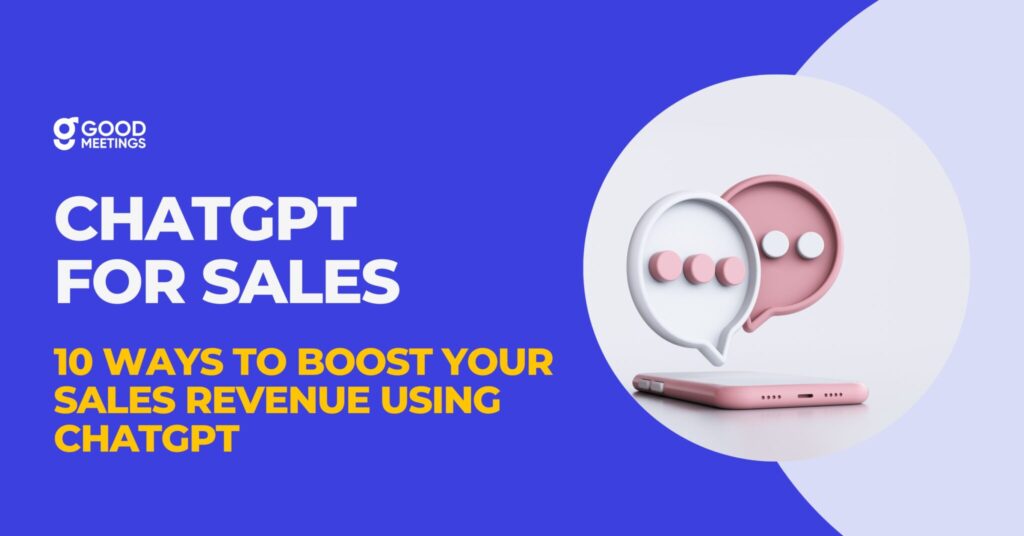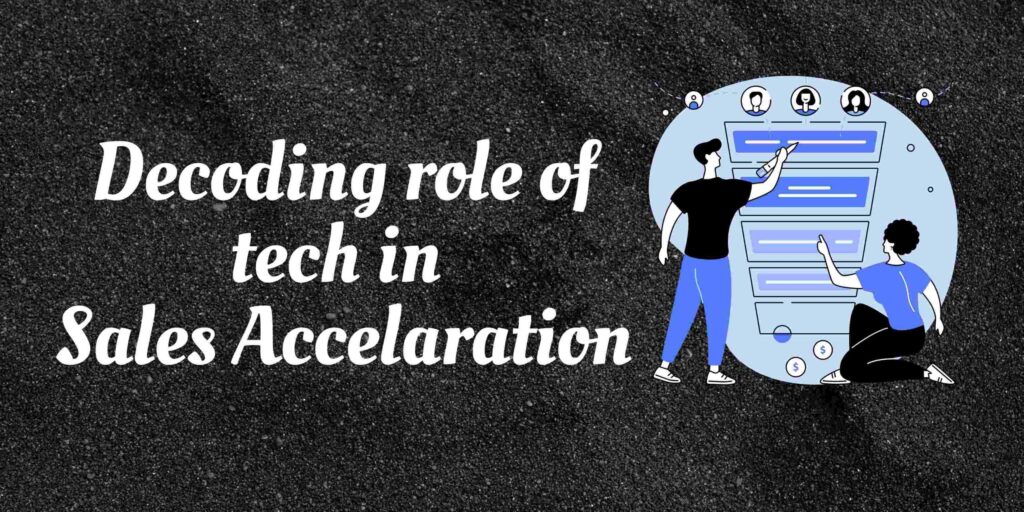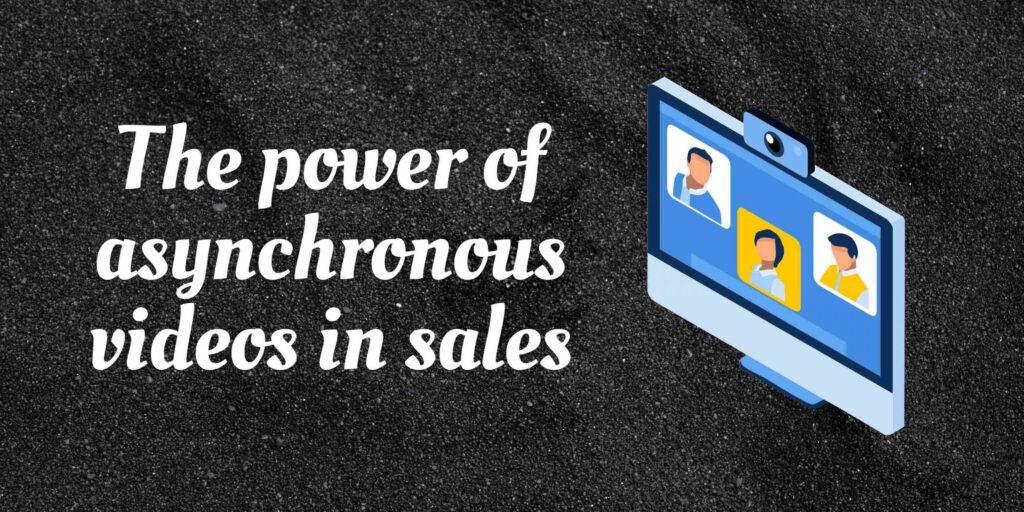
The adoption of remote selling across the customer journey is creating a compelling competitive advantage. As we look to a new year with hopefully the pandemic slowly but surely receding, we will see increased convergence of selling both in-person and remotely to meet the customer’s needs at the channel of their choice.
HubSpot’s Global Sales Enablement Survey found that 64% of sales teams who invested in remote selling met or exceeded revenue targets, compared to only 50% of teams who did not invest in remote selling. Investing in remote selling capabilities is hence a no-brainer for sales leaders. But where should leaders be focusing their investments on?
We believe the highest impact will lie in Video for Sales – embedding video touchpoints across your customer journey to engage better with the buyer. The video-first sales approach works well for both outbound and inbound playbooks. Video for Sales use cases are primarily of two categories:
- Asynchronous – Sellers and buyers share video links which the parties can access at different points in time
- Synchronous – Sellers and buyers meet at the same point and have a video call
In this 2-part series, we will cover key use cases across the customer journey and leading platforms for Synchronous Video for Sales. You can read about the other part on Asynchronous Video for Sales here.
Applications Across Customer Journey
Top of the Funnel – Inbound Lead:
All websites typically have CTAs on their webpage or performance marketing ads on Facebook, LinkedIn, Instagram, or Google Ads which typically leads to the customer filling a static form with details.
However, 40% of leads reach to non-reachable contact details. Leading remote selling pioneers are getting customers to self-qualify themselves by providing an option to have a quick video demo with an SDR/AE at that instant (or schedule a meeting at their convenience). The quality of leads is also richer as customers selecting to have a meeting indicates they are further down the journey of consideration and decision making.
Also check, 7 Qualities Of High Performing SDRs.
Middle of the Funnel – Sales Demos:
Buyers and sellers have adjusted to the reality of fully remote sales processes featuring virtual demos. However, horizontal video platforms are fighting an infrastructure battle and are not purpose-built for remote selling. Sales reps complain of absence of real-time assistance to help with lack of body-language cues, distracted and multi-tasking tools. There is also a preponderance of tools which sales teams must work with around meetings which creates a ‘swivel chair effect’ of moving from one application to another, leading to a fractured customer experience.
Also read about the rise of Artificial Intelligence (AI) in Sales.
Though there is a lot of data being generated from virtual meetings, companies are not getting the right intelligence and insights to coach sales reps. Managers feel that they do not know enough about how their team is selling, what is resonating with customers and what is not working. Conversational AI platforms appended to horizontal video conferencing solutions are a partial solve – but they are biased towards post-facto analysis of only audio stream. Remote Sales Demos are ripe for disruption.
Bottom of the Funnel – Customer Onboarding:
Onboarding is the most critical step in ensuring customer success, adoption, and future upselling. Gone are the days of half to full day long training workshops at the customer site. Customer onboarding and training happens virtually. However, this presents problems of understanding if the users are attentive and engaged in these sessions. Interestingly, L&D managers and sales enablement leaders are having a similar challenge in onboarding sales reps. They do not know if these are happening effectively over video calls.
Also Read about Hubspot Zoom Integration.
Leading Synchronous Video Sales Platforms:
#1. Horizontal Platforms – Zoom, Microsoft Teams, Cisco WebEx, Google Meets– These are well-recognized platforms with high quality video infrastructure and useful tools for collaborations like Whiteboarding and break-out rooms.

#2. Demodesk – Sales meeting platform that coaches reps live and automates non-selling tasks. Helps guide sellers through consistent pitches and automates scheduling and CRM updates and post-call analytics. Does not offer real-time assistance to sales reps, and analytics is skewed towards audio and not video. Paid plans (with free trial) start from USD 25/month/user onwards.
#3. Goodmeetings.ai – Remote Sales Engagement Platform helps sales reps understand sentiment and attention levels of customers real-time on a video meeting and provides AI-powered dynamic nudges, cues and prompts to assist sales reps during the meeting. The platform also improves productivity and experience by automating and streamlining common tasks around sales meetings, such as taking notes and pushing data into CRMs. Managers get rich insights from video sales meetings through structured digital meeting library and digital meeting pages. This empowers managers to coach teams to hit quota and onboard new sales hires faster. Paid plans (with free trials) start from $35/month/user onwards.

Sales team across the globe are gearing up to permanently adopt some form of hybrid working models with an optimum mix of remote and in-person meetings. Synchronous video meeting platforms that can effectively overcome challenges faced by sales reps in sharing information, assessing customer sentiment, and maintaining active customer engagement are here to stay.
If you are interested to learn more about synchronous video meetings, try Goodmeetings.ai.





